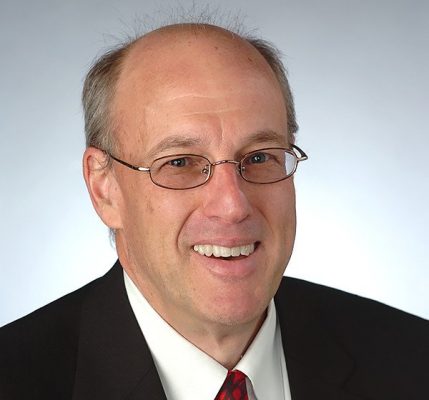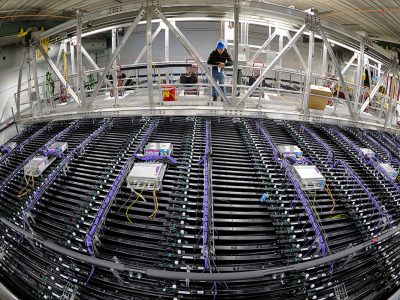Emerging findings on how ecosystems are responding to changing climate were published this month in the journal BioScience following the 40th anniversary of the U.S. National Science Foundation’s Long-Term Ecological Research (LTER) program.

Charles Driscoll, University Professor of Environmental Systems and Distinguished Professor in the College of Engineering and Computer Science, is one of the leading researchers behind the work.
Details of the research, highlighted in the paper’s abstract, are pasted below:
Scientists used long-term research to gain insights into ecosystem response to climate change. At 28 LTER sites, from the Arctic to Antarctica, changes in air temperature and moisture variability and their effects on disturbance frequency and severity, novel disturbances, altered primary production, enhanced cycling of organic and inorganic matter, and changes in populations and communities are examined.
The findings explore the impact of climate change in four main types of ecosystems:
- In forest and freshwaters, climate change is affecting species composition and ecosystem function. This is occurring through complex interactions, cascading effects and feedbacks to the climate system resulting from altered streamflow and changes in ecosystem processes such as primary production, carbon storage, water and nutrient cycling, and community dynamics.
- At drylands, warming combined with multi-decadal drought cycles have enhanced floods and wildfires, altered resource availability, plant community structure, and primary production, while severe regional droughts, wildfire and dust events exacerbated air pollution.
- In coastal regions, sea levels rise, and extreme heat and storm events are associated with trends and abrupt changes in primary production, organic matter cycling, and plant and animal communities. Coastal ecosystems display dynamic adjustments and illustrate various forms of resilience to climate change.
- At marine sites, climate modes influence and interact with atmospheric and ocean currents and anthropogenic climate change to affect primary production, organic and inorganic matter cycling, and populations and community structure.
Although some responses to climate change are shared among diverse ecosystems, most are unique, involving region-specific drivers of change, interactions among multiple climate change drivers, and interactions with other human activities.
About Syracuse University
Syracuse University is a private, international research university with distinctive academics, diversely unique offerings and an undeniable spirit. Located in the geographic heart of New York State, with a global footprint and nearly 150 years of history, Syracuse University offers a quintessential college experience, as well as innovative online learning environments. The scope of Syracuse University is a testament to its strengths. At Syracuse University, we offer a choice of more than 200 majors and 100 minors offered through 13 schools and colleges and 18 online degree programs. We have more than 15,000 undergraduates and 7,500 graduate students, more than a quarter of a million alumni in 160 countries and a student population from all 50 U.S. states and 123 countries. For more information, please visit http://syracuse.edu.


